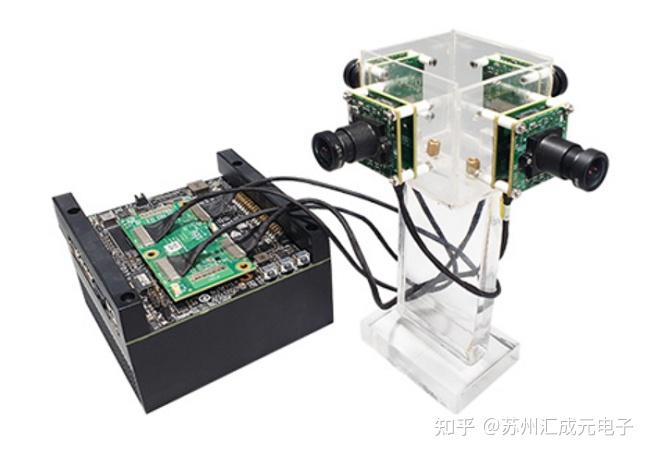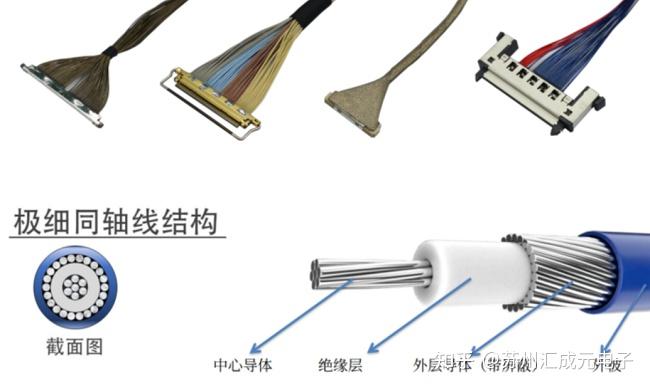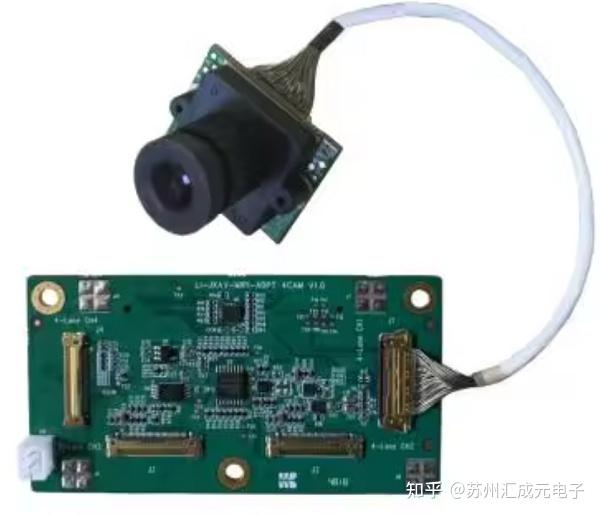Categorization:Harness Component
In the fields of mobile devices, industrial vision systems, and smart terminals, the MIPI (Mobile Industry Processor Interface) high-speed differential signal has become the core technology for image data transmission. With the continuous increase in display resolution and image frame rate, the demand for transmission bandwidth has significantly increased, posing higher requirements for the signal integrity, anti-interference properties, and flexible design of cables. The ultra-thin coaxial cable (Micro Coaxial Cable) has become an important choice for transmitting MIPI signals due to its excellent electrical performance and flexible characteristics.

The advantages of ultra-fine coaxial cable
Compared with traditional FPC or twisted pair cables, ultra-thin coaxial cables have several unique advantages in MIPI signal transmission. Firstly, their coaxial structure enables more precise impedance control, ensuring the consistency of 100Ω differential impedance, thus significantly reducing reflection and signal loss. Secondly, the outer metal shielding layer provides strong protection against electromagnetic interference (EMI), allowing it to maintain stability in complex environments. Finally, the diameter of the ultra-thin coaxial cable is usually between 0.3mm and 0.5mm, balancing small size and high flexibility, and can meet the needs of bending wiring within compact equipment interiors.
Part II: MIPI high-speed signal adaptation performance
MIPI
D-PHY and C-PHY interfaces usually require high-speed transmission of over 1Gbps per channel, and extremely thin coaxial cables excel in such applications. Their low attenuation characteristics ensure the integrity of high-frequency signals, maintaining ideal eye diagram opening; at the same time, the design of single cable independent shielding significantly reduces crosstalk between channels. Extremely thin coaxial cables have been widely adopted in mobile phone camera modules, vehicle imaging systems, and AR/VR devices, becoming one of the standard configurations for MIPI interface solutions.
Three, key points in design in engineering practice
In practical applications, the performance of ultra-fine coaxial cables depends on reasonable system design. Firstly, connector matching is crucial, and high-speed connectors supporting micro-coax structure must be chosen to reduce reflection and insertion loss. Secondly, the termination and welding processes need to be strictly controlled to ensure signal consistency. Lastly, balancing cost and performance is an important consideration for engineers – although ultra-fine coaxial cables are slightly more expensive, their advantages are irreplaceable in scenarios with high-resolution and high-stability requirements.
Overall, the ultra-fine coaxial cable combines the advantages of bandwidth, interference resistance, and flexibility in MIPI high-speed differential signal transmission, making it an ideal solution for mobile imaging and high-speed interconnection applications. With the development of 8K imaging, AR interaction, and industrial vision systems, the demand for high bandwidth and high reliability will continue to drive the innovation and expansion of ultra-fine coaxial technology.
I amSuzhou Huichengyuan ElectronicLong-term focused on the research and development and customization of high-speed signal cables and ultra-fine coaxial cables, committed to providing customers with high-performance and stable reliable high-speed interconnection solutions. If you have related needs or want to learn more, please contact:Manager Yin 18913280527 (WeChat number the same)。